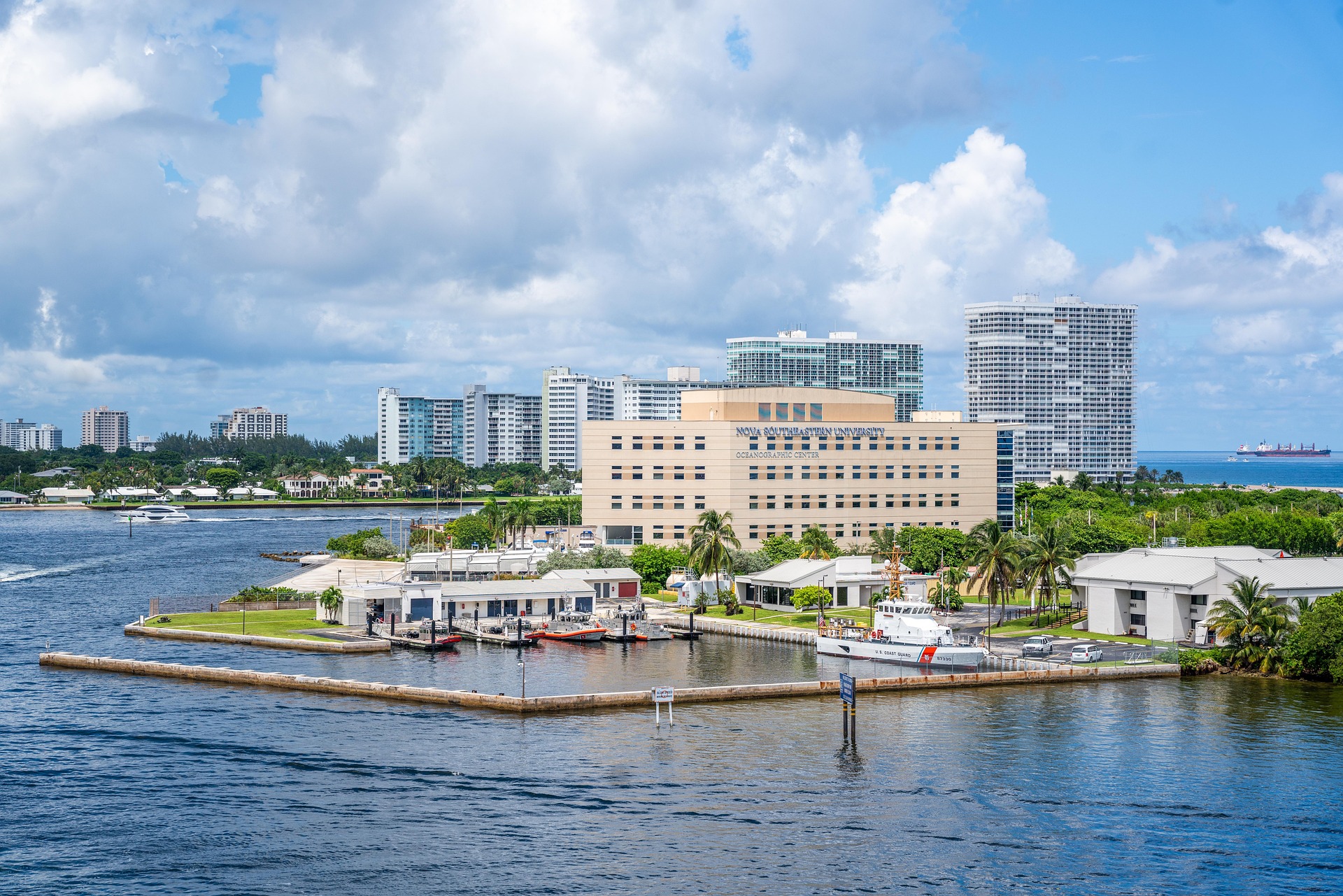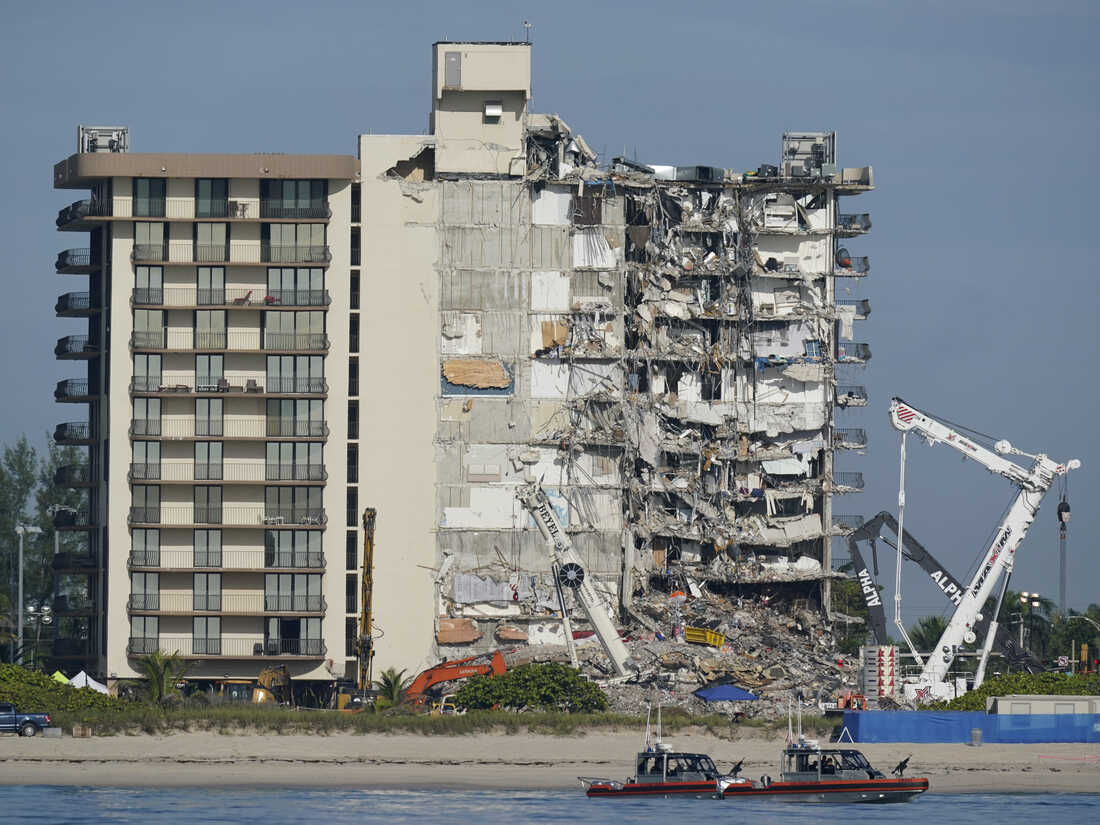
In this article: we break down Broward County’s Building Safety Inspection Program (BSIP) under Board Policy #05-05. We explain how this local program aligns with Florida’s statewide Milestone Inspection law, detail which buildings require inspection based on age and height, and clarify which structures are not exempt. We also outline the critical 180-day timeline for completing inspections and repairs, cover the specific reporting requirements for associations, and discuss the penalties for noncompliance.
As of August 9, 2024, Broward County operates under the policy outlined in Board Policy #05-05 for its Building Safety Inspection Program. This policy sets the framework for how milestone inspections are conducted and describes responsibilities for property owners and associations.
For condominium owners, managers, and residents, it’s crucial to understand this policy in order to comply with the highest safety standards for buildings in the coastal region of Florida.
To make this as easy as possible for you, we take you through the key elements of the Building Safety Inspection Program and explain step by step how a Building Safety Inspection works.
July 2025 Update: New legislation (HB 913) is in effect for SIRS and Milestone Inspections. Read about current SIRS law changes and Milestone Inspections changes in our latest articles.
What does the Building Safety Inspection Program entail?
Broward County’s Building Safety Inspection Program (BSIP) ensures the structural and electrical safety of buildings and also satisfies the requirements for Milestone Inspections under Florida Statute 553.899.
The Building Safety Inspection consists of a structural and electrical evaluation performed by a Florida-licensed architect or engineer. For “Threshold Buildings,” additional qualifications are required, including licensure as a “Special Inspector” for structural assessments.
Inspections must:
- Be primarily visual, with destructive investigation when needed
- Clearly state whether the building is safe for continued use
- Include photos, standard forms, and specific recommendations for observed deficiencies
Updates in Broward County’s Building Safety Inspection Program
Age of buildings subject to inspection
All buildings and structures that are three stories or higher must be inspected at 25 years of age, followed by re-inspections every 10 years. This requirement aligns with Florida Statute 553.899 and applies countywide.
Definition of non-exempt structures
Certain buildings and structures are exempt from inspection under the BSIP:
- Federal and State of Florida buildings
- Buildings on tribal lands
- Public schools under the Broward County School Board
- Single-, two-, three- and four-family dwellings with three or fewer habitable stories above ground
- Fee simple townhomes (as defined in the Florida Building Code)
- Railroads and related facilities
- Minor buildings under 3,500 sq. ft.
However, note that any building or structure that supports structural or electrical systems is subject to inspection, including those under 3,500 sq. ft.
Structures such as balconies, parking garages, docks, elevated decks, guardrails, and seawalls are explicitly not exempt and must be included in the inspection process, even if attached to buildings that otherwise fall below the square footage threshold.
Timeline for inspection completion
Property owners must complete the Building Safety Inspection and submit the report within 180 days of receiving the official Notice of Required Inspection. This allows adequate time to hire a licensed professional and gather the required documentation.
Inspection reporting requirements
- Inspection reports must include:Standardized forms issued by BORA (Broward County Board of Rules and Appeals)
- Color photos showing observed conditions
- A clear statement about structural and electrical safety whether the structure is safe, unsafe, or safe with qualifications
- Identification of any deficiencies and required or recommended repairs
Communication requirements for condominium and cooperative associations
- A summary of the inspection must be distributed to all unit owners (by e-mail or electronically).
- A copy must be posted in a conspicuous location on the property.
- The full report and summary must be published on the association’s website (if required to maintain one).
Deadline of repairs and next steps
As previously mentioned, building owners have 180 days to complete the required inspection after receiving official notice. Any structural or electrical repairs must be finished within this timeframe, unless an extension is approved.
An extension of up to 60 days can be granted by the Building Official, but only if a licensed architect or engineer requests it and confirms that the building is safe to stay in during the extension. If repairs cannot be completed within 180 days, additional time may be allowed, as long as there’s an active permit and a licensed professional provides a written plan that shows the building can remain safely occupied.
That being said, we strongly recommend completing the inspection as early as possible to avoid needing an extension.
Once all repairs are done, a follow-up inspection must be carried out, and a new safety certification must be submitted.
Mandatory hazard reporting
If inspectors find hazardous conditions that pose an immediate threat to life or safety, they must report them within 24 hours to both the property owner and the Building Official. This includes any risk of collapse or fire, electrical hazards, or any structural emergency. All other critical findings must be reported within 10 days.
The inspector must be the same licensed engineer or architect who conducted the Building Safety Inspection (structural and/or electrical).
Enforcement and penalties
Noncompliance may result in a building being deemed unsafe and uninhabitable. The Building Official may impose penalties, revoke reports, or refer matters to a Code Enforcement Board or Special Magistrate.

What the Building Safety Inspection Program means for you as a property owner
Promoting safety and reducing liability
Broward County’s updated Building Safety Inspection Program (BSIP) plays a critical role in enhancing building safety. By identifying structural or electrical concerns early, regular inspections help prevent accidents and protect the well-being of residents and visitors. For property owners, prompt compliance reduces exposure to legal claims by demonstrating that proper safety protocols have been followed.
Strengthening property value and buyer confidence
Properties that are routinely inspected and properly maintained tend to retain higher value and attract more interest on the market. Participation in the BSIP signals a commitment to safety and upkeep, which can make a property more appealing to buyers, tenants, and investors. Long-term, this proactive approach helps preserve structural integrity and guard against costly depreciation.
Improving building longevity and environmental resilience
In a coastal region like Broward County, buildings face harsh environmental stressors including humidity, salt air, and seasonal storms. The BSIP’s inspection schedule is designed to catch early signs of wear or damage so that repairs can be addressed before they worsen. Over time, this results in longer-lasting structures, fewer major overhauls, and a more sustainable approach to property stewardship.
Supporting insurance eligibility and premium advantages
Many insurers require evidence of ongoing maintenance and code compliance to underwrite or renew coverage. The BSIP provides a clear framework that helps property owners meet those expectations. In some cases, staying current with required inspections may even help reduce insurance premiums by lowering risk profiles.
Access to qualified expertise from licensed engineers
Since the inspections must be performed by Florida-licensed engineers or architects, property owners benefit from evaluations conducted by knowledgeable professionals. This expert oversight can lead to smarter repair decisions, better long-term planning, and overall stronger outcomes for building performance and occupant safety.
How to successfully plan and execute your next Milestone Inspection
Plan and budget for long-term structural maintenance
For property owners in Broward County, the inspection requirements call for a strategic and forward-thinking approach to structural maintenance, repairs and financial management. Staying compliant means planning not only for inspections but for long-term structural care as well. This means creating reserves similar to the requirements in Florida’s 2023 Senate Bill 154 concerning Structural Integrity Reserves Studies (SIRS).
Conduct a reserve study
Engage a licensed professional to perform a reserve study. This will help you identify key components, assess their condition, and estimate when repairs may be needed.
Contribute regularly
Make regular contributions to a dedicated maintenance reserve, based on the reserve study. This ensures funds are available for required inspections and repairs.
Review the reserve plan periodically
It’s also important to review and update the reserve plan periodically as the building ages or conditions change, keeping finances aligned with evolving maintenance needs.
Plan and execute the inspection early
Find out when your building is up for inspection
Broward County has published official lists of condominium buildings scheduled to receive notice under the Building Safety Inspection Program (BSIP). Reviewing these lists allows property owners to take early action if their building appears. If your condo is included, it’s wise to begin preparing now. If it’s not listed yet but likely to be added soon, monitor the document regularly. The lists are frequently updated.
Book the inspection early with a Florida-licensed engineer or architect
Reach out to a licensed engineer or architect to schedule your inspection ahead of the required deadline.
The inspector’s visit
During the visit, the inspector (not a general home inspector but a licensed professional) will assess key structural elements like the foundation, roof and load-bearing walls, along with electrical and mechanical systems.
Reporting the results
The inspector will compile a comprehensive report that includes photos and recommendations for repairs. This documentation is submitted to the local building authority.
Handling required repairs
As the property owner, it is your responsibility to ensure that all identified issues are addressed within the timeframe of 180 days.
Follow-up inspection
If repairs are needed, a final evaluation may be necessary to verify that all safety requirements have been met.
Our thoughts on Broward County’s BSIP, in a nutshell
For building owners and property managers in Broward County, timely compliance with the inspection rules as outlined in Board Policy #05-05 is essential.
By understanding and complying with the Broward County’s Building Safety Inspection Program, property owners can ensure the longevity and safety of their buildings. For up-to-date guidance on milestone inspections and reserve studies, explore our recent articles on Florida’s New Milestone Inspection Law and Florida’s New SIRS Law.
Contact the team at Building Mavens today for professional inspection services and expert advice by our experienced, licensed engineers. We are here to provide support, tailored to your needs and always in accordance with the latest regulations, each step of the way.
FAQs: Safety Inspections & Recertification
A threshold building, as defined by the Florida Statutes (https://www.flsenate.gov/Laws/Statutes/2022/0553.71) means any building which is greater than three stories or 50 feet in height, or which has an assembly occupancy classification as defined in the Florida Building Code which exceeds 5,000 square feet in area and an occupant content of greater than 500 persons.
A special inspector (SI), as defined by the Florida Statutes (https://www.flsenate.gov/Laws/Statutes/2022/0553.71) means a licensed architect or registered engineer who is certified under chapter 471 or chapter 481 to conduct inspections of threshold buildings. Additionally, the Florida Board for Professional Engineers specifies the requirements for Special Inspectors here:https://fbpe.org/licensure/licensure-process/special-inspector/
In Miami-Dade County single-family residences, duplexes, and minor structures (defined as buildings or structures in any occupancy group having an occupant load of 10 or less, as determined by Table 1004.5 (FBC) Minimum Occupant Load of the Florida Building Code and having a gross area of 2,000 sq. ft. or less) are exempt.
In Broward County one and two-family dwellings, U.S. Government and State of Florida buildings, buildings built on Indian Reservations, school buildings under the jurisdiction of the Broward County School Board, fee simple townhouses as defined in the Florida Building Code, and minor structures (as defined above) are exempt.
Here is a link to Broward County’s Building Safety Inspection Program:https://www.broward.org/CodeAppeals/Documents/Broward%20BORA%20Policy%2005-05.pdf
Here is a link to Miami-Dade County’s Building Recertification Program:https://www.miamidade.gov/global/economy/building/recertification.page
Here is a link to Miami-Dade County’s Municipal Code:https://library.municode.com/fl/miami_-_dade_county/codes/code_of_ordinances?nodeId=PTIIICOOR_CH8BUCO_ARTIAD_S8-11EXBU
The structural inspection involves visually examining the building’s general condition, focusing on components supporting dead or live loads, wind loads, and electrical systems. The goal is to evaluate the effects of time on construction materials and identify potential issues such as cracks, distortion, and signs of leakage.
The electrical inspection covers various critical components, including electric service, branch circuits, conduit raceways, emergency lighting, and an infrared thermography inspection for systems operating at 400 amperes or greater.
The program encourages investigating historical documents with the local jurisdiction to enhance the overall inspection. Understanding the building’s structural system, components, and intended design guides inspectors to critical areas. Violations and unpermitted activities are thoroughly examined during recertification inspections.
Repairs identified in the recertification report will likely require permits. Do not proceed with repairs without obtaining proper permits. Some repairs may not require a permit, but most other work will, and proceeding without permits may lead to code violations.
Using approved report forms is vital for a clear understanding of the building’s conditions and successful completion of the recertification process. Reports must be concise, with required photos in color and sufficient resolution to detail the conditions being shown, as audits may occur at the discretion of the Building Official. To ensure this process is managed correctly, rely on the expertise of Building Mavens. Our team has completed this process hundreds of times. Contact us today.
To schedule a building recertification inspection, please contact us via our website or by phone. We’ll discuss your specific needs and arrange for an inspection at a time that suits you best.
About the Author

Scott’s background is extensive, covering both public and private projects. He’s highly skilled in structural engineering design, construction oversight, and forensic analysis. This includes investigating structural failures, construction defects, and code compliance – all critical to maintaining safety and adhering to building codes. Beyond his investigative work, Scott is also an accomplished design engineer, contributing to various architectural elements from building envelope systems to designs for a wide range of structures. From the initial concept to the final inspection, Scott is dedicated to providing innovative and compliant engineering solutions.
You can contact me directly for more information: info@buildingmavens.com






